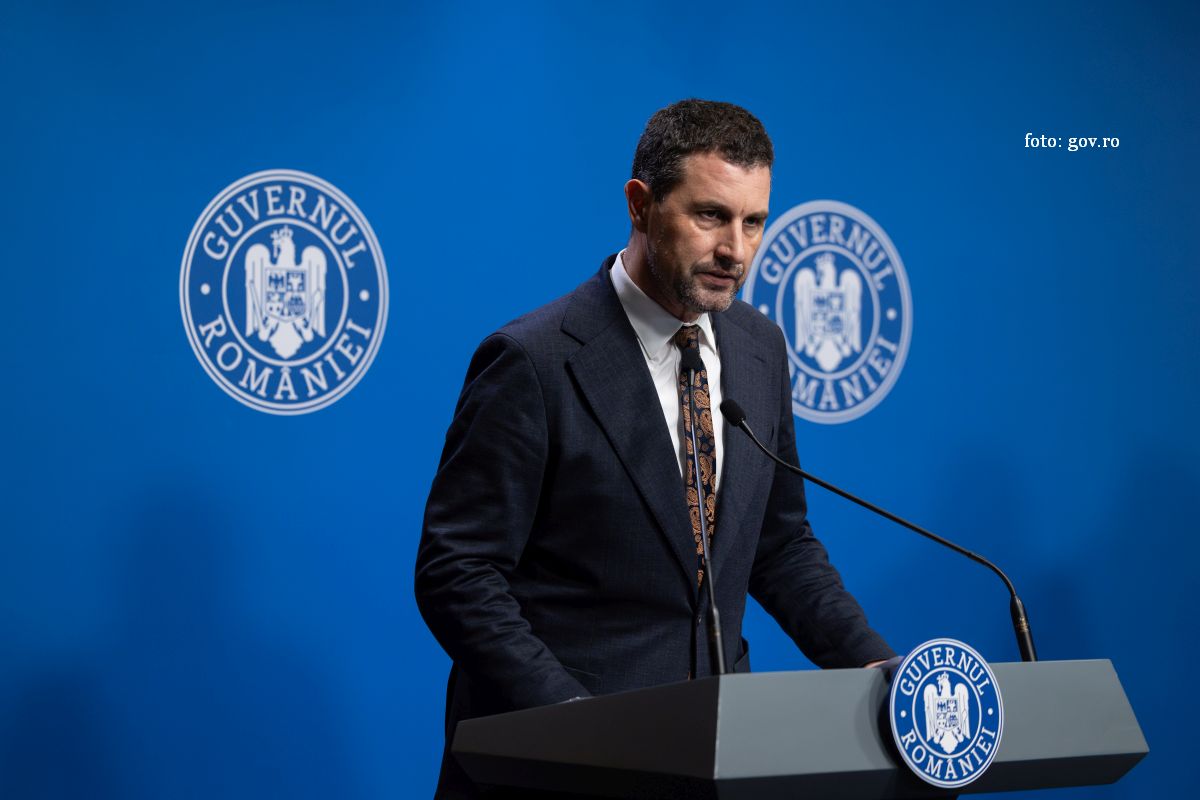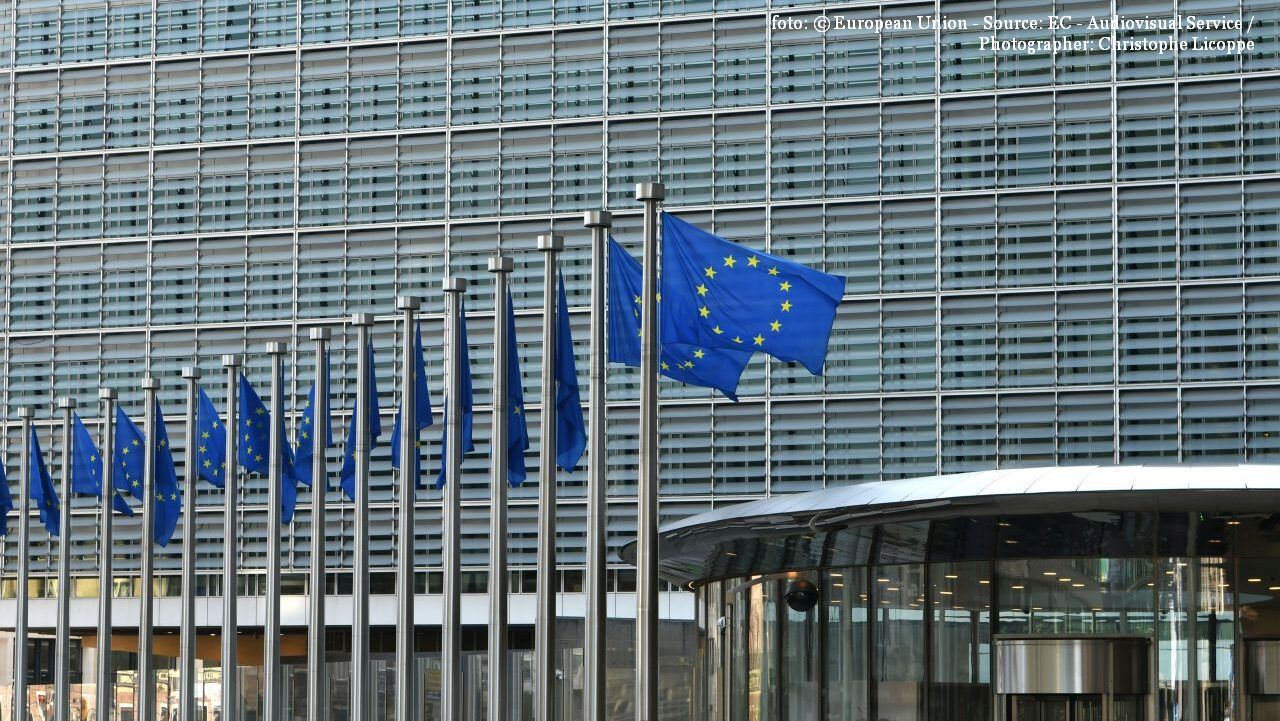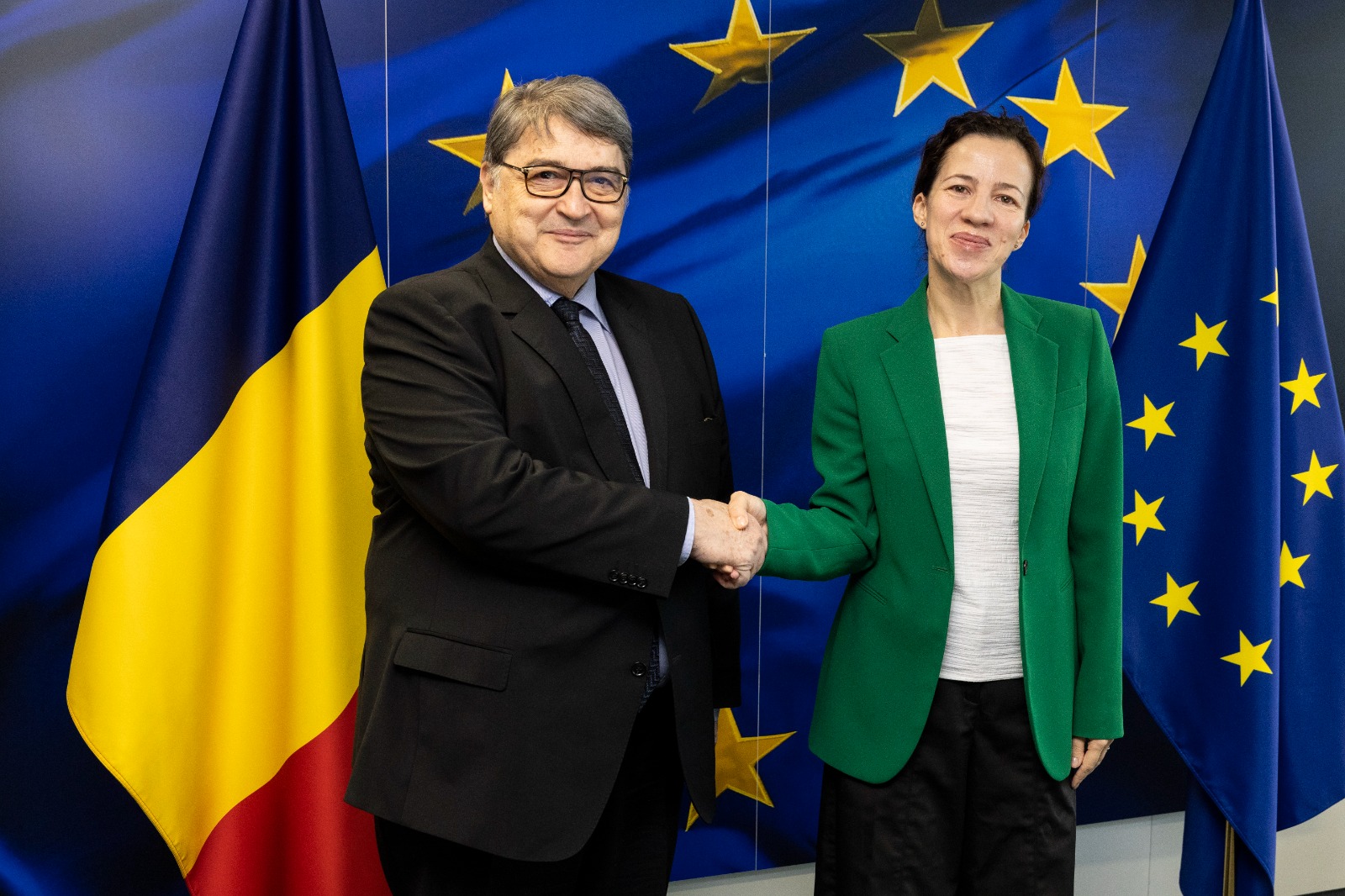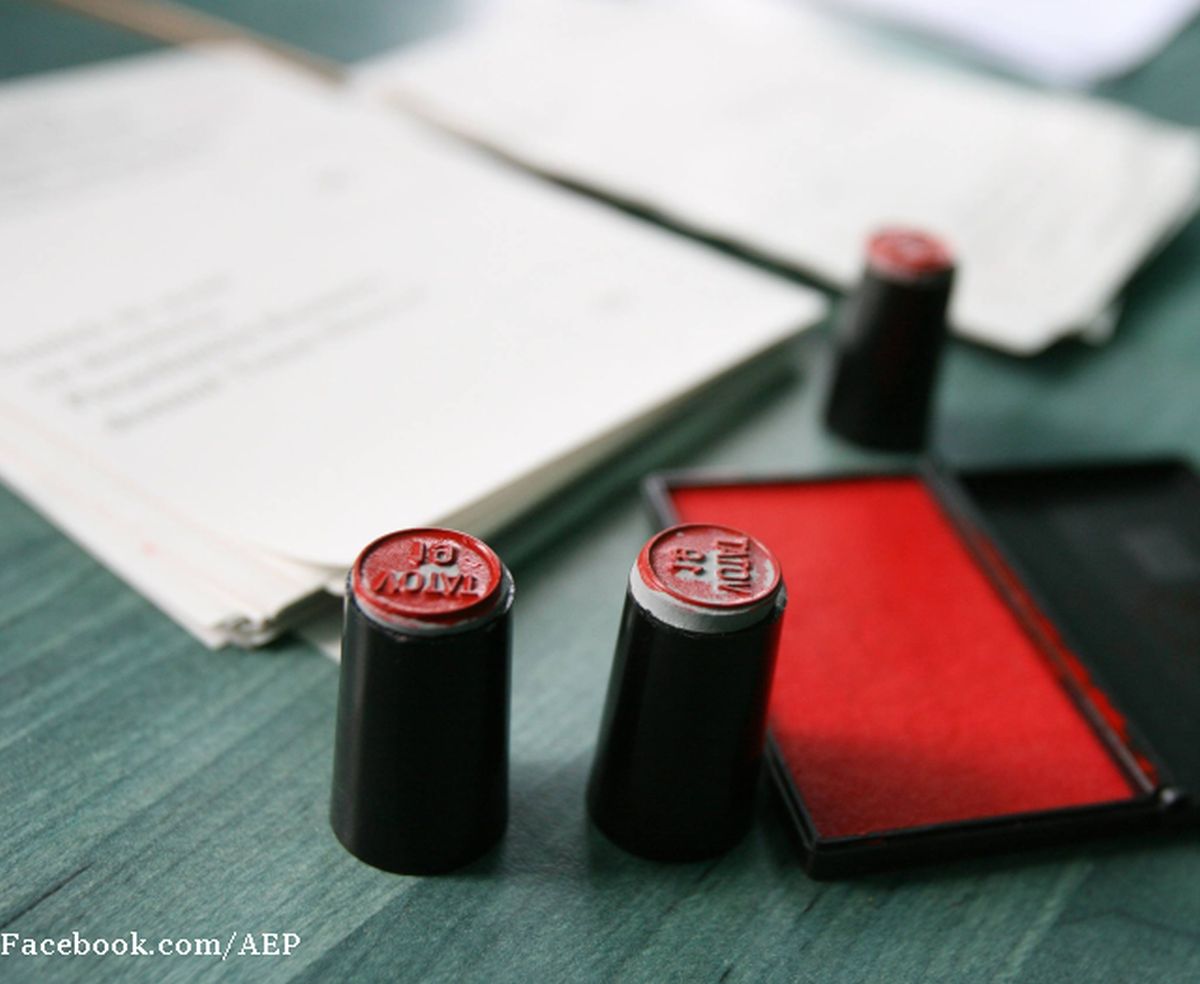The Romanian Revolution, 30 years on
Romanians continue to commemorate the anticommunist revolution of 1989, which changed the course of their nation forever

Mihai Pelin, 19.12.2019, 13:50
The communist dictatorship was set
up in Romania after the Second World War, when Soviet troops occupied Romania.
Paradoxically, the regime that endured half a century took only one week to
collapse. Unable to further cope with the austerity and oppression of Nicolae
Ceausescu’s regime, living with hunger, cold and in the dark, deprived of
elementary rights and encouraged by the cascading collapse of the Soviet
regimes in East-European countries, it took only a spark for Romanians to take
to the streets. On December 16, 1989, the protest staged by a dozen supporters
of the Hungarian-born Reformed priest Laszlo Tokes, whom the authorities were
planning to deport from Timisoara, western Romania, turned into a genuine
rebellion.
Protesters grew from a few hundreds to thousands, then tens of
thousands of people of various ethnicities and confessions. The security forces
immediately resorted to arrests. Then the army, the political police the
Securitate as well as the militia took point, firing on the crowd of
protesters. Factories and plants were left unmanned, while students went on
strike to join the protesting workers. Eventually, the army withdrew to their
barracks. On December 20, Timisoara thus became the first city in Romania free
of communism. On the 21st, the Revolution engulfed other large cities
in the west and center of the country, and events peaked with a massive protest
staged in Bucharest, which the communists again tried to stifle with bloodshed.
On December 22, Ceausescu fled by helicopter the communist party’s central
committee, besieged by hundreds of thousands of people. Captured and subjected
to a speedy trial, he was executed on the 25th, leaving behind a
country in ruins and mourning. Over 1,100 people were killed over December
16-25, mostly after Ceausescu ran away. The official version of the time was
that these people had been killed by the so-called terrorists, people still
loyal to the regime, whose identity is yet to be ascertained. Military
prosecutors now investigating the Revolution Case however have pointed the
finger at Ion Iliescu, the man commonly acknowledged to have orchestrated the
change of regime, himself one of Ceausescu’s ministers in the 70s, and at his
close associates as well. Prosecutors say they are responsible for creating
this terrorist psychosis, which fueled the loss of human lives.
The massacre
aimed at building the legitimacy of the new Government had its desired effect.
In May 1990 the first free elections were held after the events of ’89. Ion
Iliescu won the election by a landslide, with over 85% of the votes, from the
first round of election. His party, dubbed the National Salvation Front, won
two thirds of the seats in the newly created Parliament. Prosecutors claim
Iliescu and his acolytes formed a dissident group that sought to remove dictator
Nicolae Ceausescu from power and to maintain Romania under Soviet influence.
Today a member of the European Union and NATO and deeply attacked to Western
democratic values, Romania is the living proof that the scenario of the
pro-Moscow conspirators failed.
(Translated by V. Palcu)






























